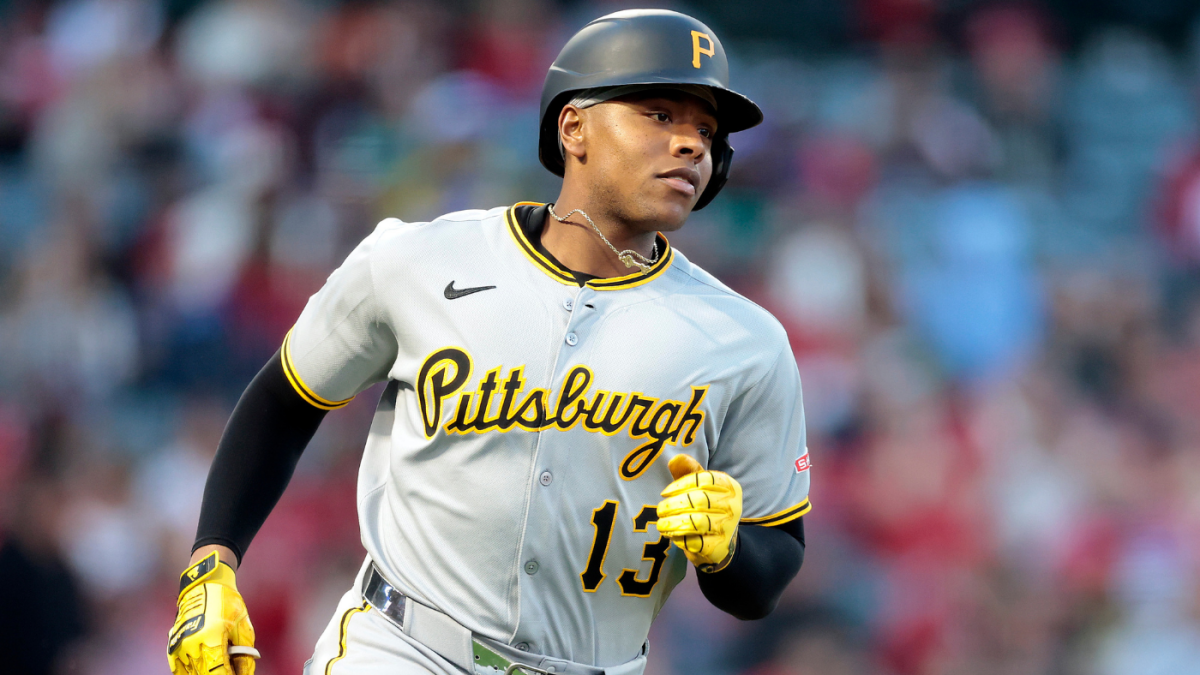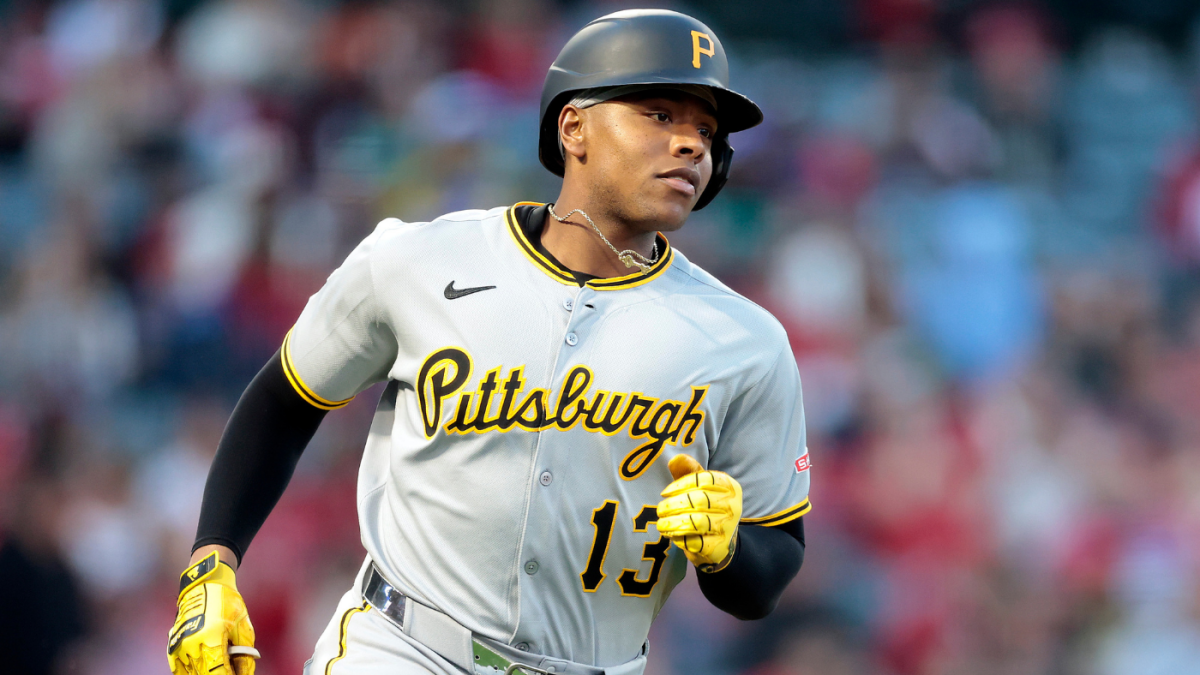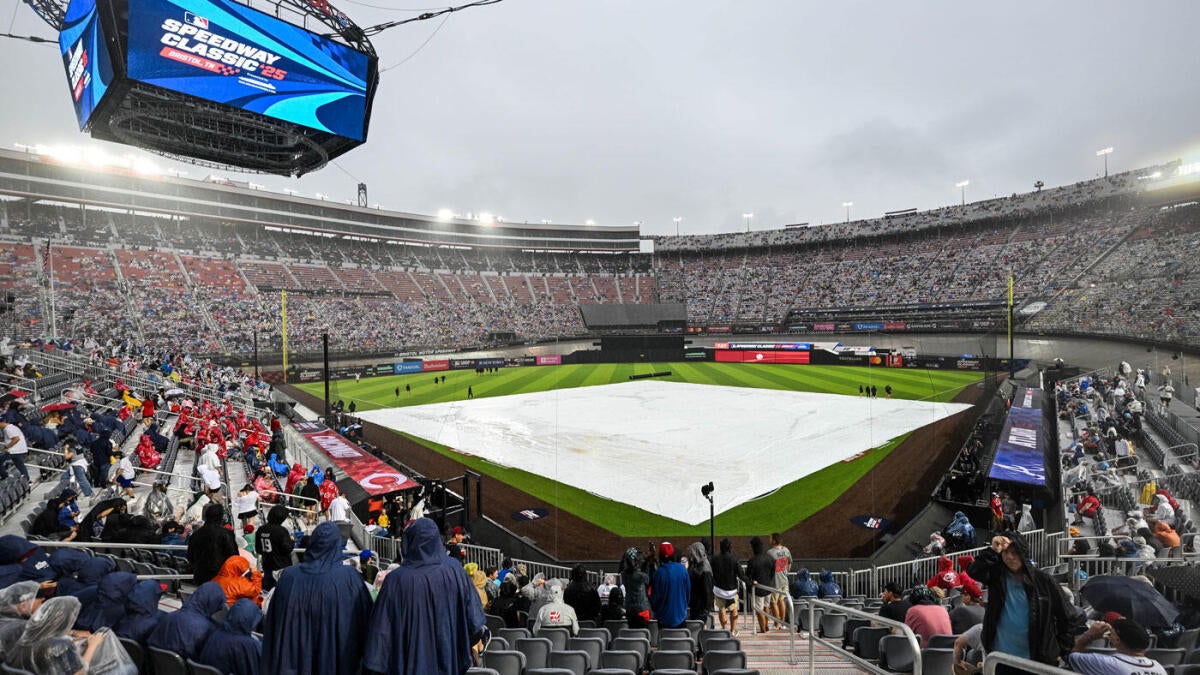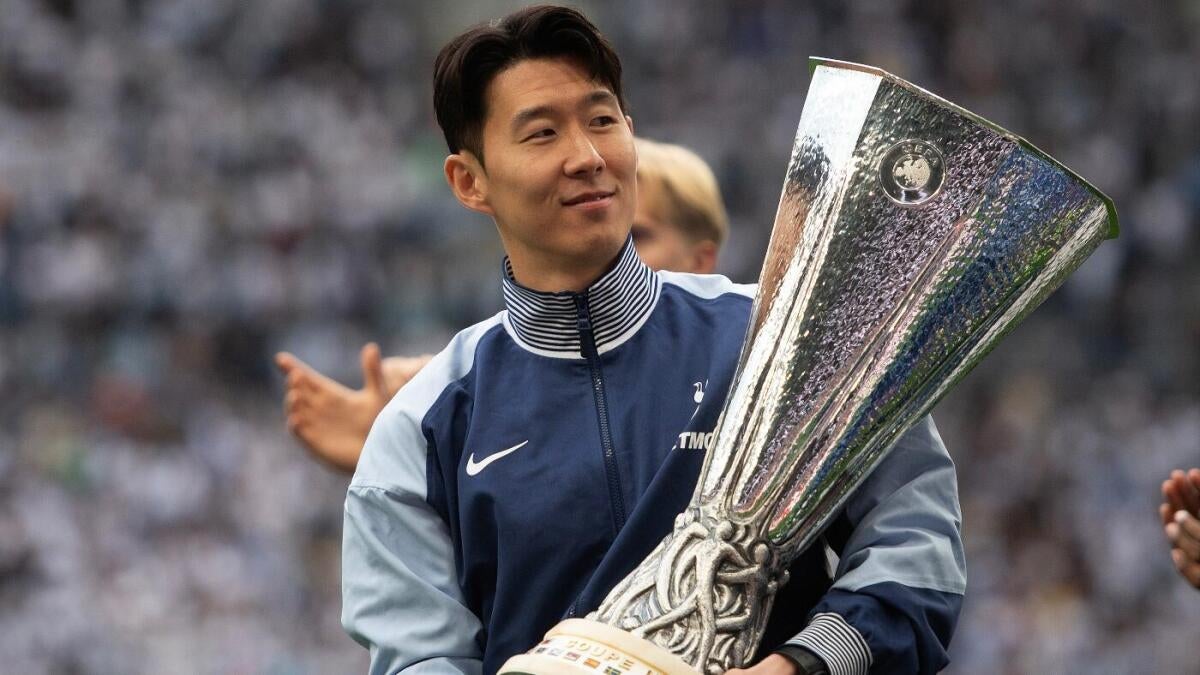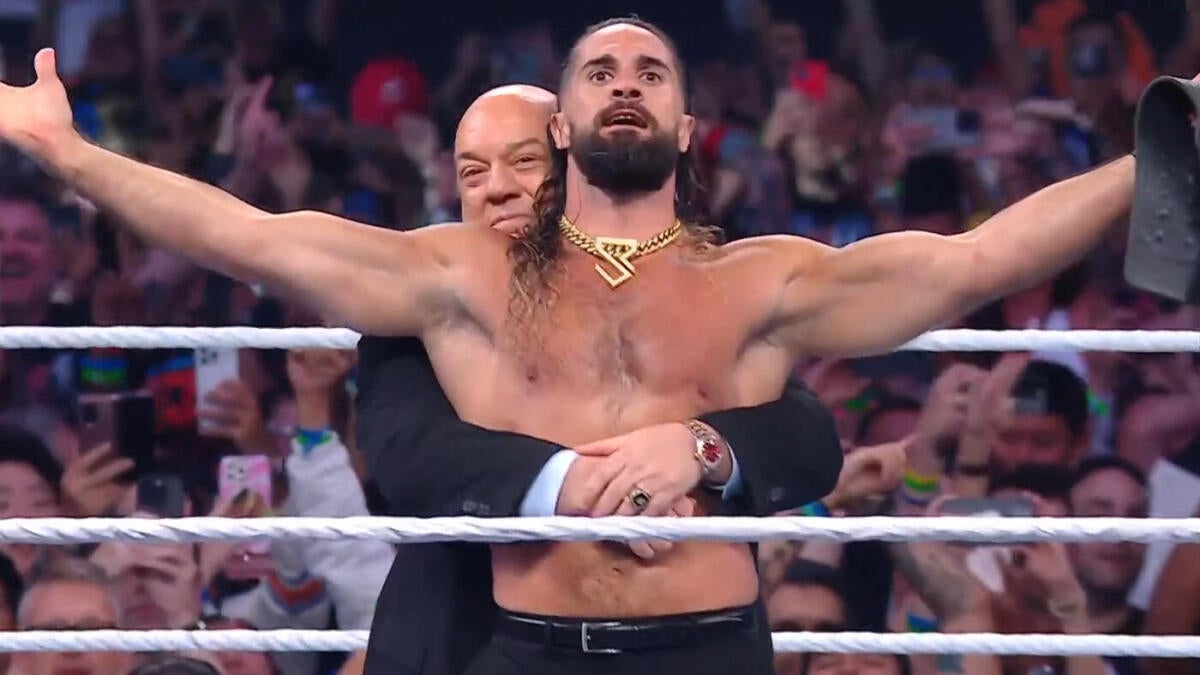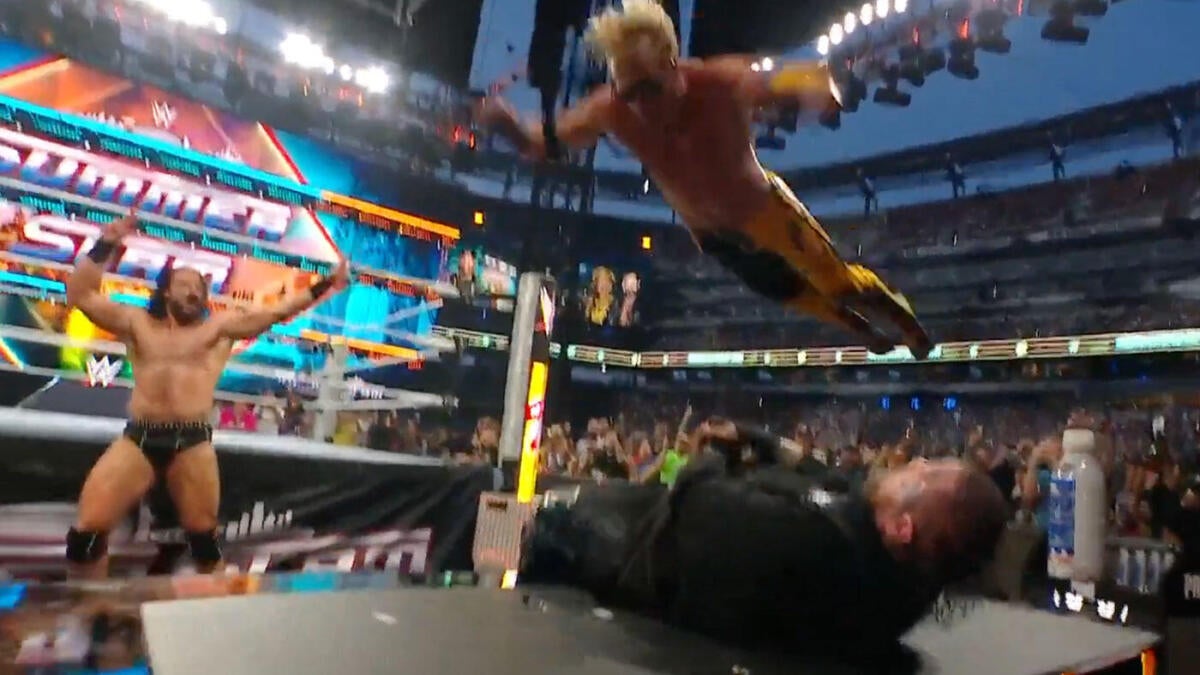The Ke’Bryan Hayes Trade: A Strategic Shift in the NL Central
Introduction: A Bold Move with Divisional Ramifications
The baseball world was abuzz when the Pittsburgh Pirates traded Ke’Bryan Hayes to the Cincinnati Reds, a move that sent shockwaves through the National League Central. This intra-division trade, executed just before the MLB trade deadline, represents a significant strategic shift for both franchises. The Reds acquire a Gold Glove-winning third baseman, while the Pirates receive a reliever and a prospect. This transaction is more than just a roster swap; it’s a calculated gamble that could reshape the competitive landscape of the division for years to come.
The Trade Breakdown: What Each Team Gained and Lost
Cincinnati Reds: Adding a Defensive Anchor
The Reds’ acquisition of Ke’Bryan Hayes addresses a critical need for improved infield defense. Hayes, known for his exceptional range, glove work, and arm strength, is a defensive game-changer. His ability to turn seemingly routine ground balls into outs and prevent extra-base hits will significantly bolster the Reds’ infield. Beyond defense, Hayes brings a consistent bat, even if his offensive numbers aren’t eye-popping. His ability to get on base and contribute in clutch situations makes him a valuable addition to the Reds’ lineup.
Pittsburgh Pirates: Prioritizing the Future
For the Pirates, trading Hayes is a clear indication of their long-term rebuilding strategy. While losing a player of Hayes’ caliber is never easy, the Pirates are betting on the potential of the players they acquired. Taylor Rogers, a reliable reliever, provides immediate bullpen help, but the real prize is Sammy Stafura, a prospect with significant upside. The Pirates are banking on Stafura’s development, hoping he can become a cornerstone player in the years to come. Additionally, trading Hayes frees up financial resources, allowing the Pirates to invest in other areas of their roster or improve their overall financial health.
The Strategic Implications: Short-Term vs. Long-Term
For the Reds: Contending Now
The Reds are in win-now mode, and acquiring Hayes is a clear sign of their intent to compete in the NL Central. With a strong defensive infield, the Reds can expect to prevent more runs, which is crucial in a division where every game matters. Hayes’ contract provides long-term stability, allowing the Reds to focus on other areas of their roster. The Reds are betting that Hayes’ defensive prowess and consistent offense will translate into more wins and a deeper playoff run.
For the Pirates: Building for the Future
The Pirates, on the other hand, are playing the long game. By trading Hayes, they are prioritizing future assets and financial flexibility. The Pirates are in a rebuilding phase, and acquiring prospects is a key part of that strategy. The hope is that Stafura will develop into a valuable contributor, while the financial flexibility allows the Pirates to make other moves that will benefit them in the long run. The Pirates are willing to sacrifice short-term success for the potential of long-term gains.
The Intra-Division Dynamic: A Rare but Calculated Risk
Trades between division rivals are rare, but this deal highlights the specific circumstances and motivations driving this transaction. The Reds saw an opportunity to improve their defense and were willing to take the risk of strengthening a division rival. The Pirates, meanwhile, saw the long-term benefits of acquiring prospects and financial flexibility as more valuable than retaining Hayes. This trade underscores the intricate balance between short-term goals and long-term strategies in baseball.
The Impact on the NL Central: A Shift in the Balance of Power
The Ke’Bryan Hayes trade undoubtedly impacts the competitive landscape of the NL Central. The Reds, with their improved defense, become a more formidable opponent. Their ability to prevent runs will be enhanced, potentially leading to more wins and a stronger challenge to other teams in the division. The Pirates, on the other hand, may experience some short-term setbacks as they adjust to life without Hayes. However, if their acquired prospects develop as hoped, they could be well-positioned for long-term success.
The Financial Implications: A Smart Investment
Hayes’ eight-year, $70 million contract represents a significant financial commitment for the Reds. However, it also provides cost certainty at a premium position. The Reds know what they’re paying for Hayes’ services over the next several years, allowing them to plan their budget accordingly. For the Pirates, trading Hayes frees up payroll space, which could be used to invest in other players or to improve their overall financial health. This trade is a smart financial move for both teams, allowing them to allocate resources in a way that aligns with their respective strategies.
Fan Reaction and Expectations: A Mixed Bag
The trade has likely elicited varied reactions from fans of both teams. Reds fans are likely excited about the arrival of a Gold Glove-winning third baseman, viewing it as a sign that the team is serious about contending. Pirates fans, however, may be disappointed to see a popular player traded away, especially to a division rival. The success of this trade, in the eyes of the fans, will ultimately depend on the performance of Hayes in Cincinnati and the development of the players acquired by the Pirates.
Conclusion: A Trade with Far-Reaching Consequences
The trade sending Ke’Bryan Hayes to the Cincinnati Reds is a multifaceted transaction with implications for both teams and the NL Central division. The Reds gain an elite defensive player who solidifies their infield and provides long-term stability. The Pirates, in turn, acquire prospects and financial flexibility, positioning themselves for a potential rebuild. Whether this trade proves to be a win-win scenario or favors one team over the other remains to be seen, but its impact on the competitive landscape of Major League Baseball is undeniable. This deal underscores the intricate balance between short-term goals and long-term strategies in baseball, where every decision can have a ripple effect across the league. The Ke’Bryan Hayes trade is a testament to the strategic complexity of the modern game, where every move is a calculated gamble with far-reaching consequences.







